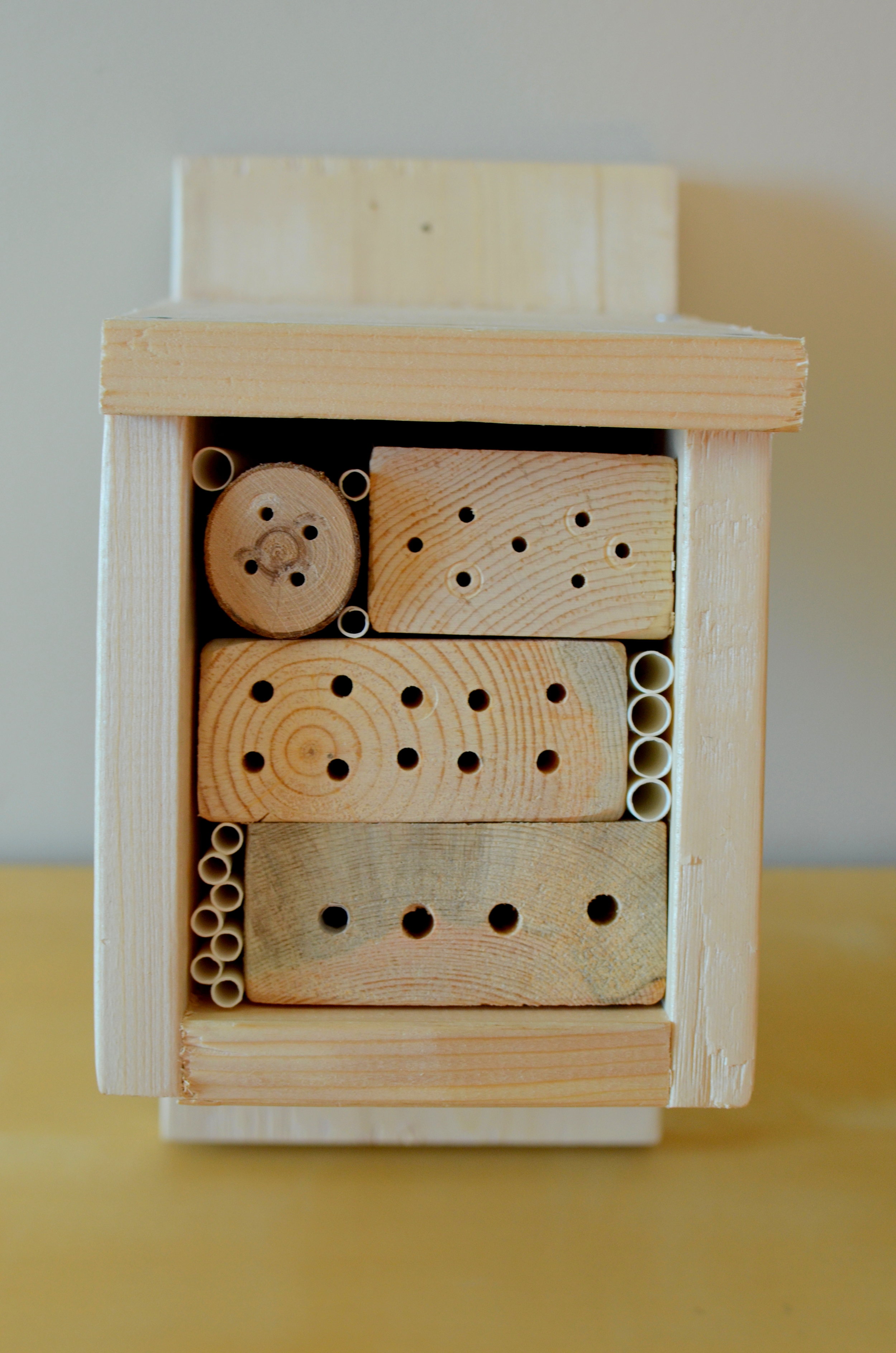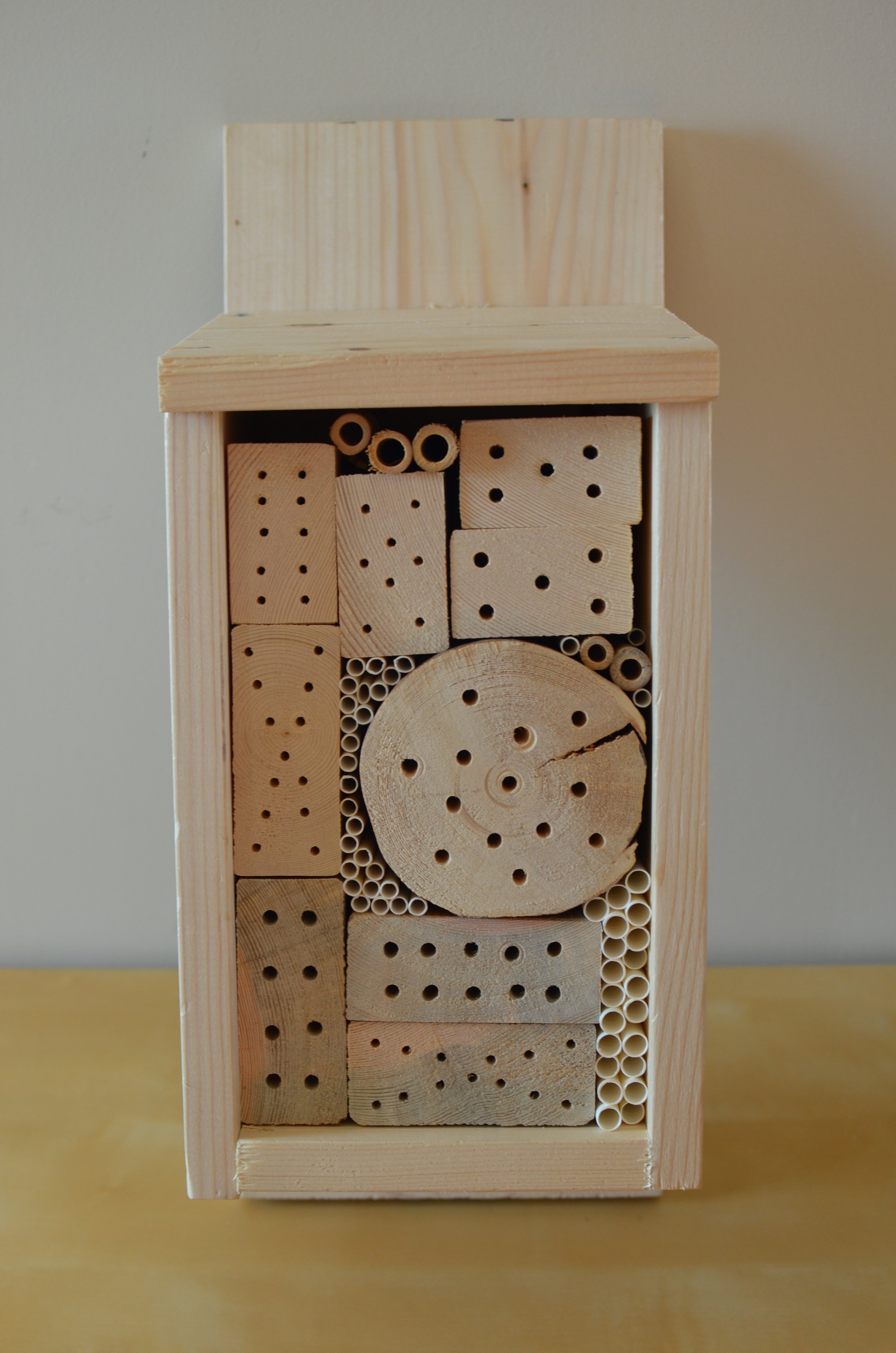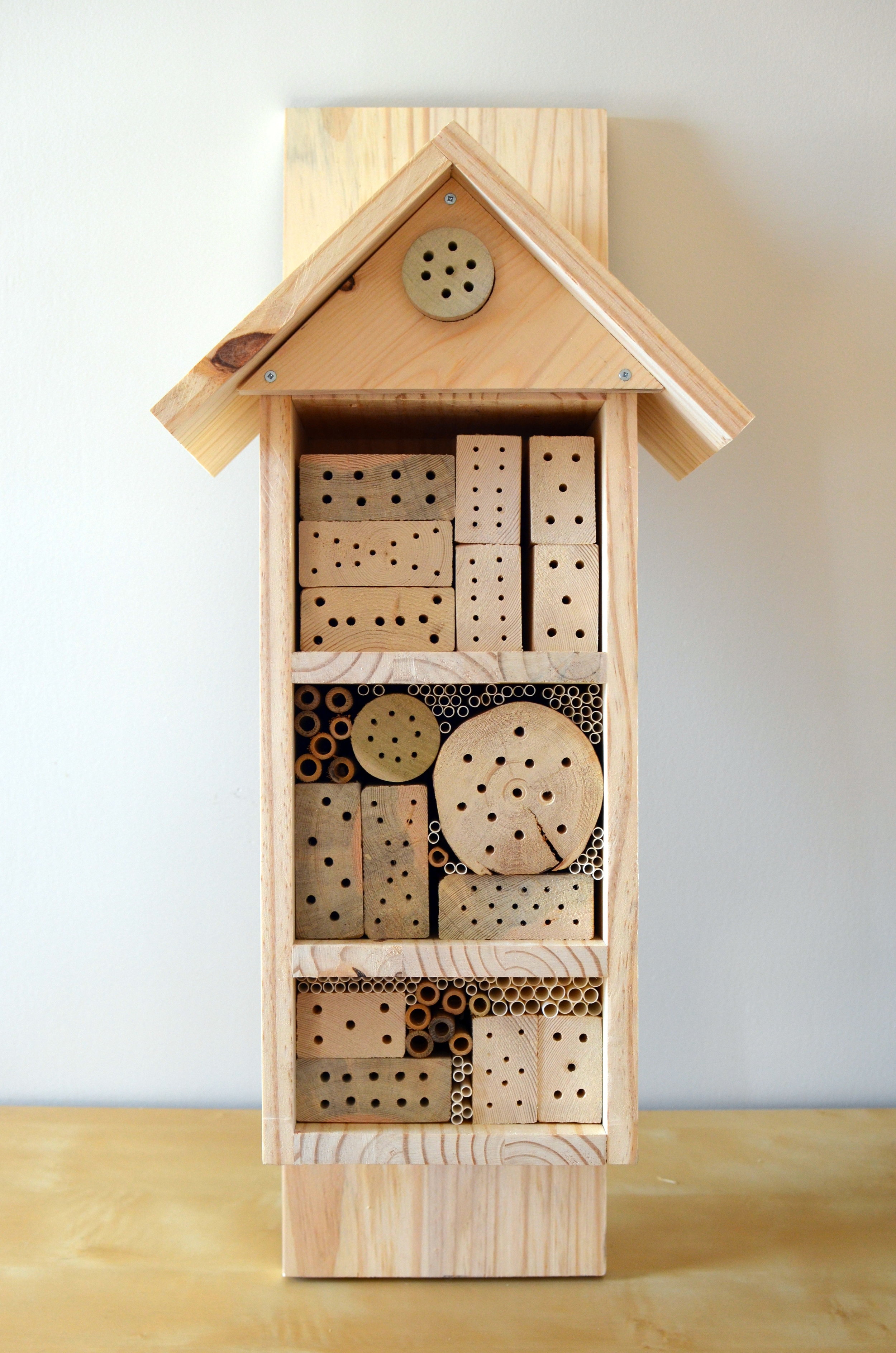The Buzz on Bees
Much of the food that you eat owes itself to pollinating animals. Pollinators include bats and birds, but the majority are insects – butterflies, moths, flies, beetles, wasps, and especially bees! Alberta is home to over 300 native species of bees, most of which are solitary bees. Solitary bees are not aggressive, unlike other types of social bees that swarm and live in colonies. Solitary bees are also very efficient pollinators!
The most important way you can help native solitary bees is by planting native flowers. Planting a variety of native flowers in your garden benefits pollinators, such as these ones recommended by the Edmonton Native Plant Society.
Bee Hotels for Solitary Bees
Bee-fore you consider installing a bee hotel, please be aware of what you’re getting into! While bee hotels are an amazing education tool, research has been unable to determine whether or not bee hotels increase native bee populations or diversity, and in fact, artificially dense nesting sites like bee hotels may contribute to negative impacts on native bees - if not maintained properly. You can read more about the science behind bee hotels on the Alberta Native Bee Council’s website.
Maintenance is centrally important to establishing a bee hotel, and you can find out how in our bee hotel maintenance guide. Bee hotel maintenance kits are also available in our online shop.
There are many ways to build a bee hotel, varying from simple to complex. Bee hotels attract tunnel-nesting solitary bees and other solitary pollinators, which lay their eggs in the tunnels of the hotel. Build your own using one of our designs below:
Specifications, Placement and Maintenance
Bee hotels attract tunnel-nesting solitary bees. The most basic requirements are that the bee hotel have holes as close as possible to 16 cm (6 inches) deep and between 3–7 mm (3/32–3/16 inches) wide. Wider tunnels should be deeper; narrower tunnels can be shorter. A range of hole sizes and depths is good for biodiversity. The number of tunnels available in your bee hotel is up to you.
Place your bee hotel off the ground, facing east or southeast so it gets morning sun, and sheltered from wind and rain. You might wish to nail a board on top of your hotel to protect it from rain. Place it somewhere it won’t get moved by the wind or people, as bees can be sensitive to movement and orientation of the hotel once they’ve settled in. Mount it to a fence, tree, or a sturdy post.
Be sure to clean and maintain your bee hotel every year!
Troubleshooting & FAQs
Some commercial bee hotels found in stores may not work for bee species in Edmonton if the holes are too large.
While bees will use bamboo, natural stalks, or straws, they are much more likely to use tunnels drilled into logs or blocks of wood.
Bees in the Edmonton region use small tunnels, from 7/64” diameter, up to 3/16” or possibly 1/4”. Stick to smaller tunnel sizes, and you are more likely to have a successful bee hotel.
The longer the tunnel, the more space there is for the female to lay eggs. It is best to make the tunnels as close as possible to 6 inches in length.
You can paint or stain the exterior of your bee hotel to make it last longer, but do not paint the wood blocks in the hotel.

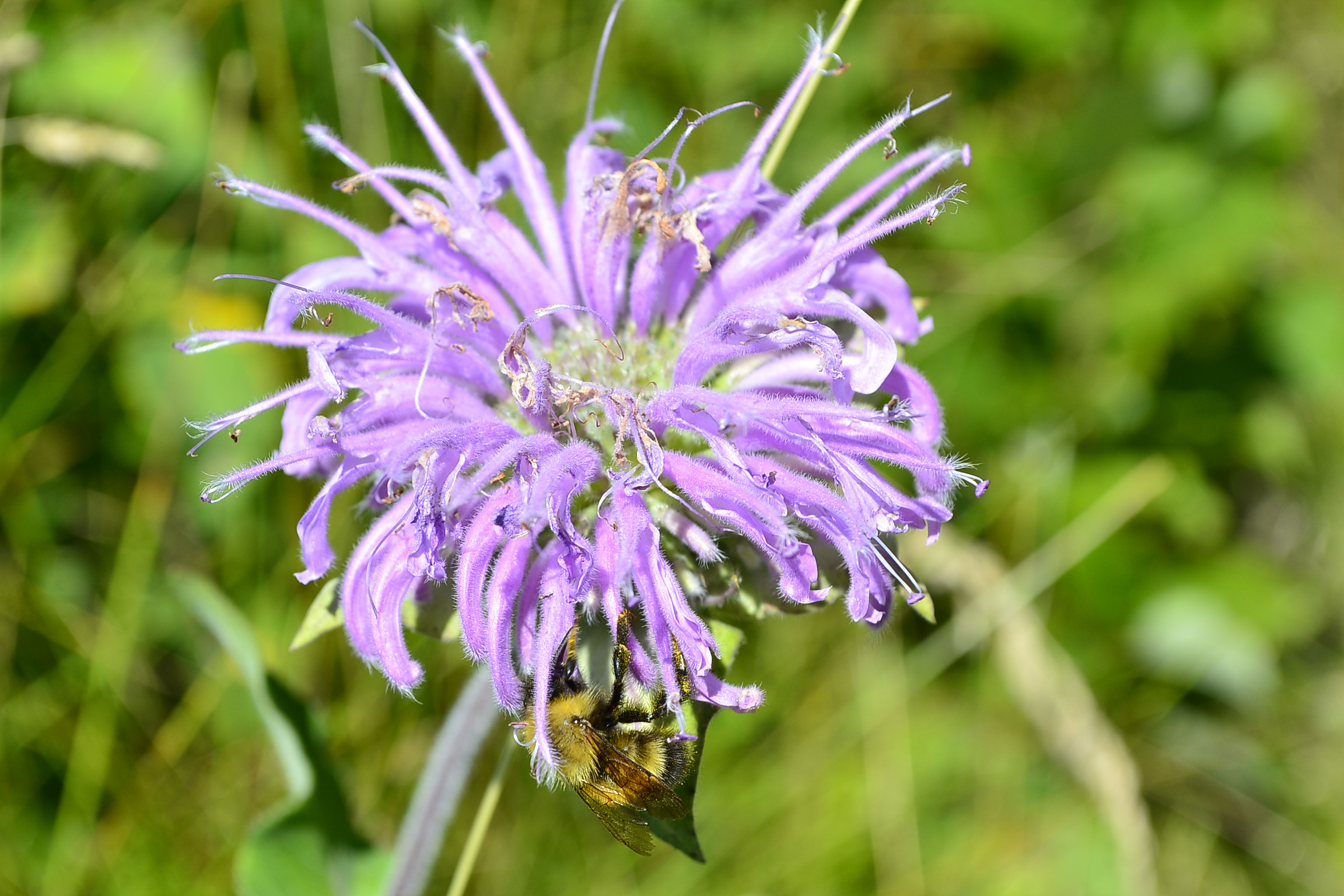
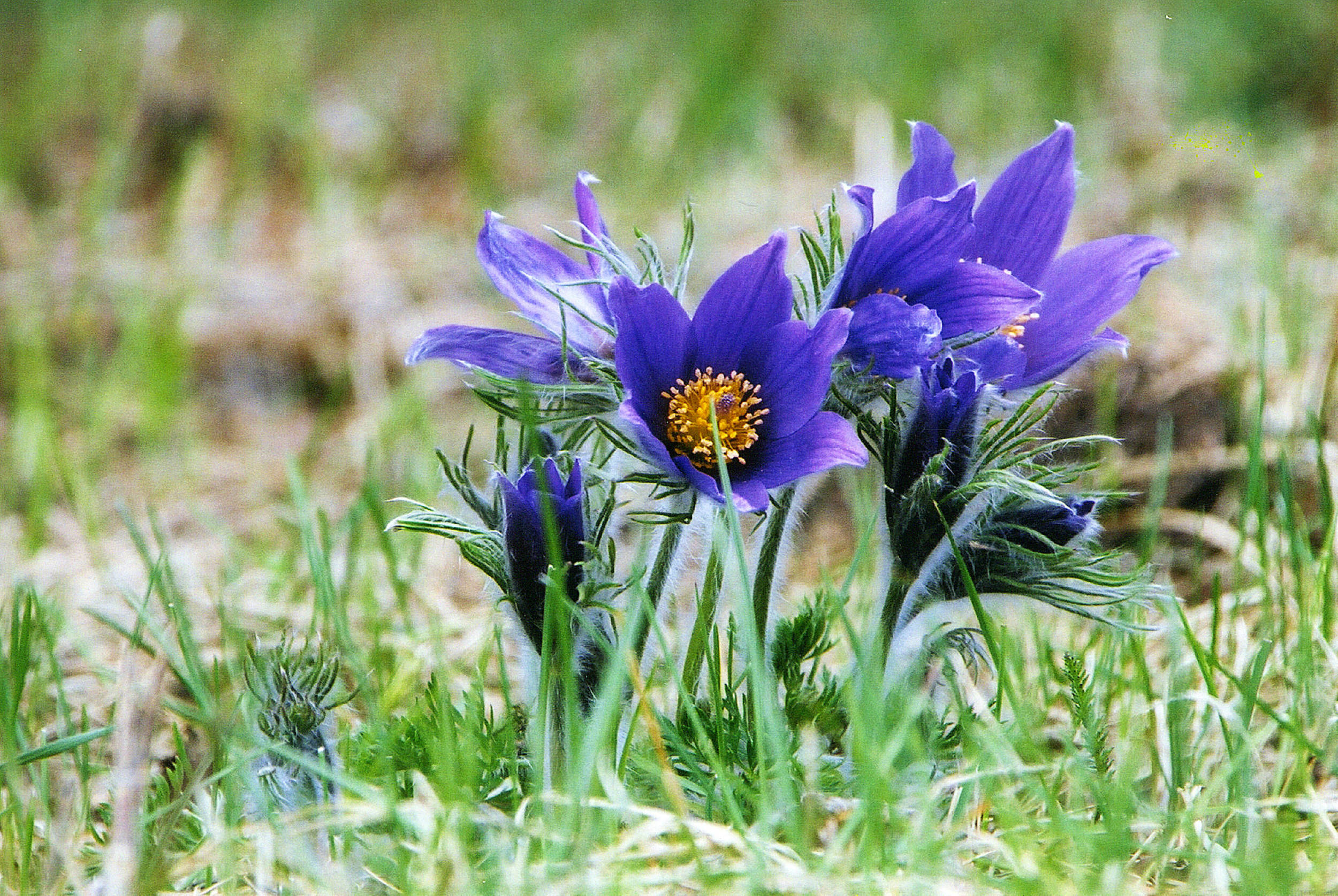
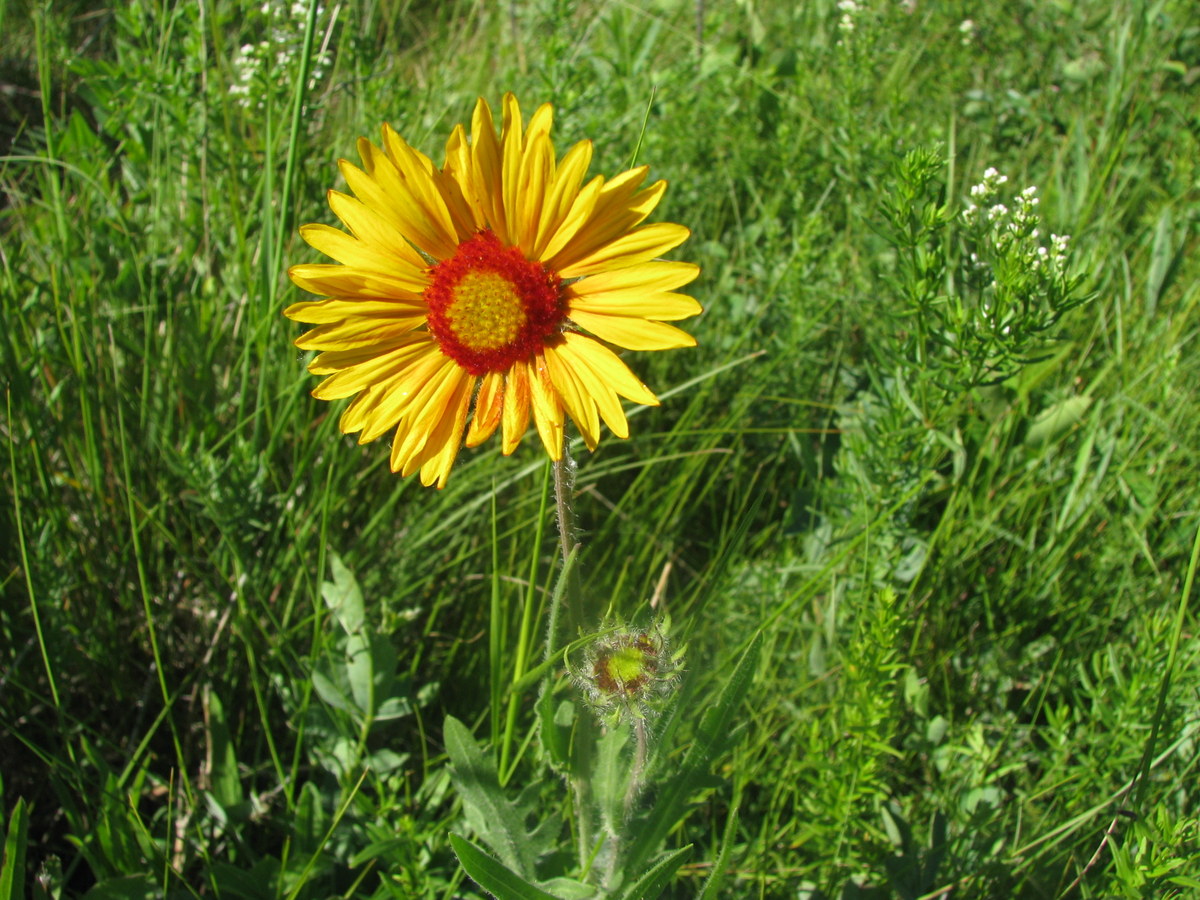

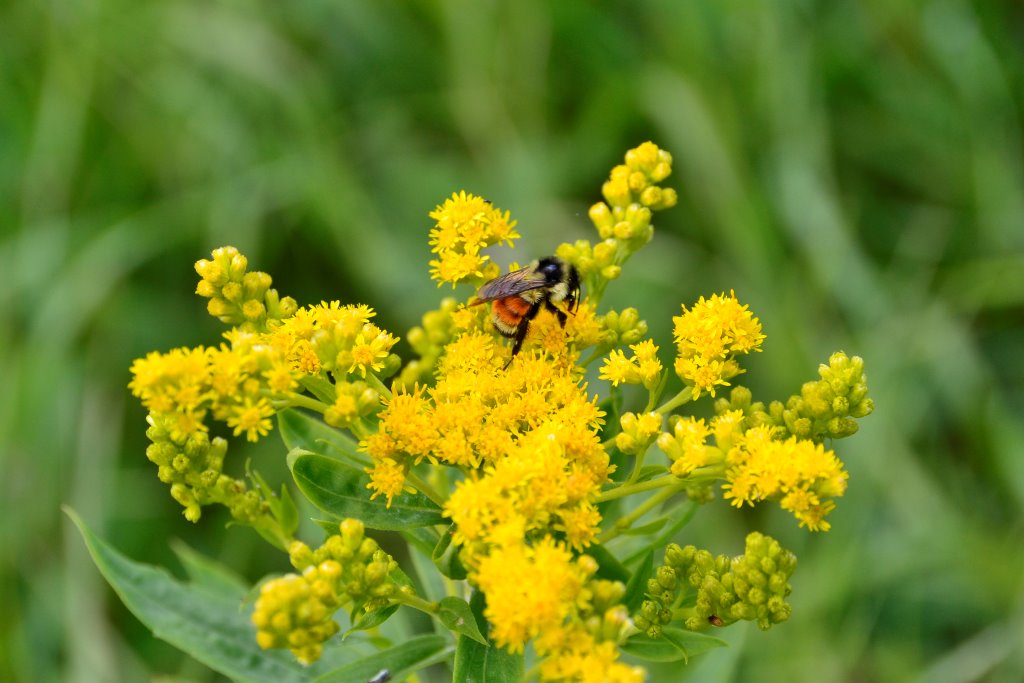

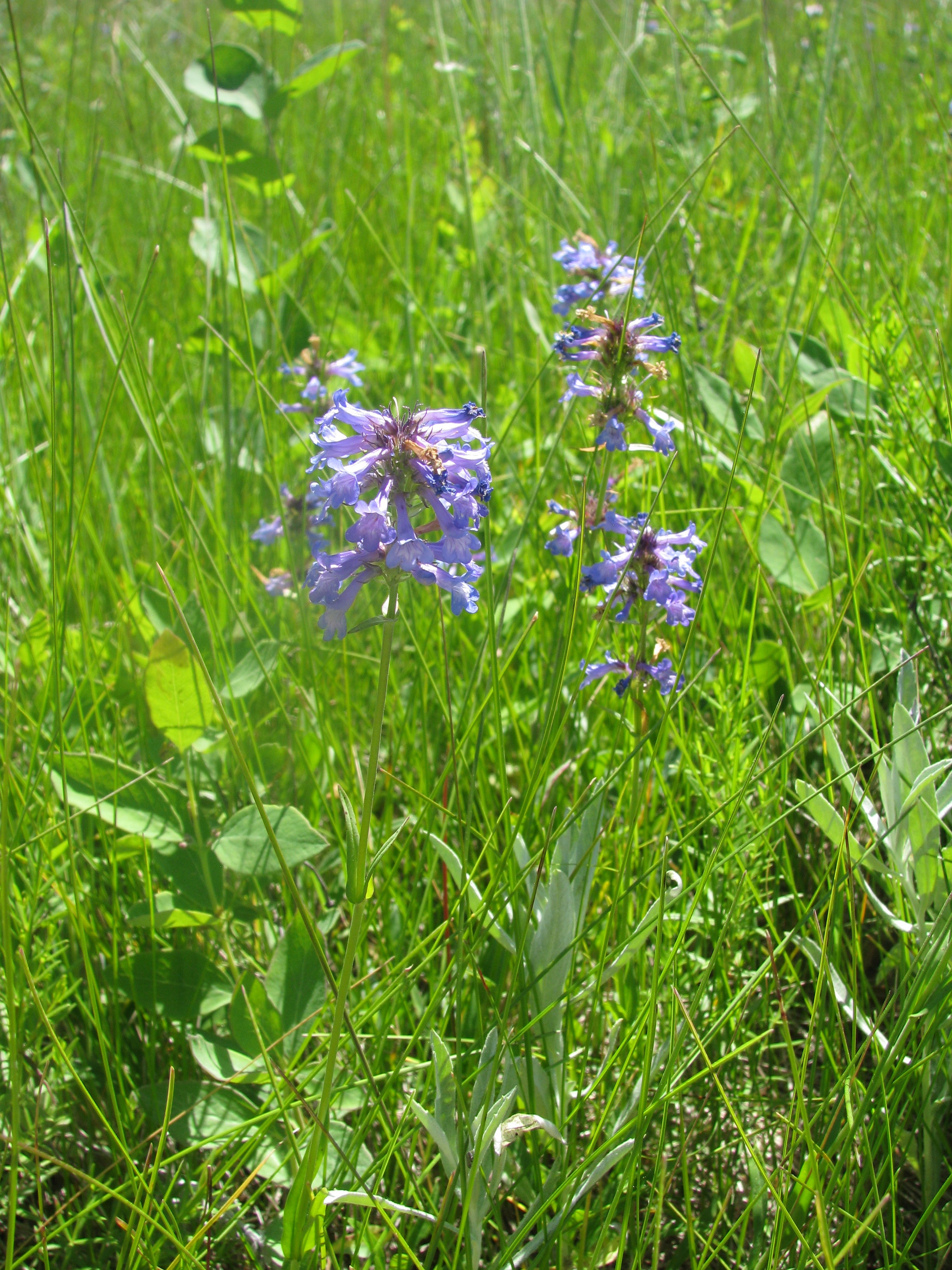

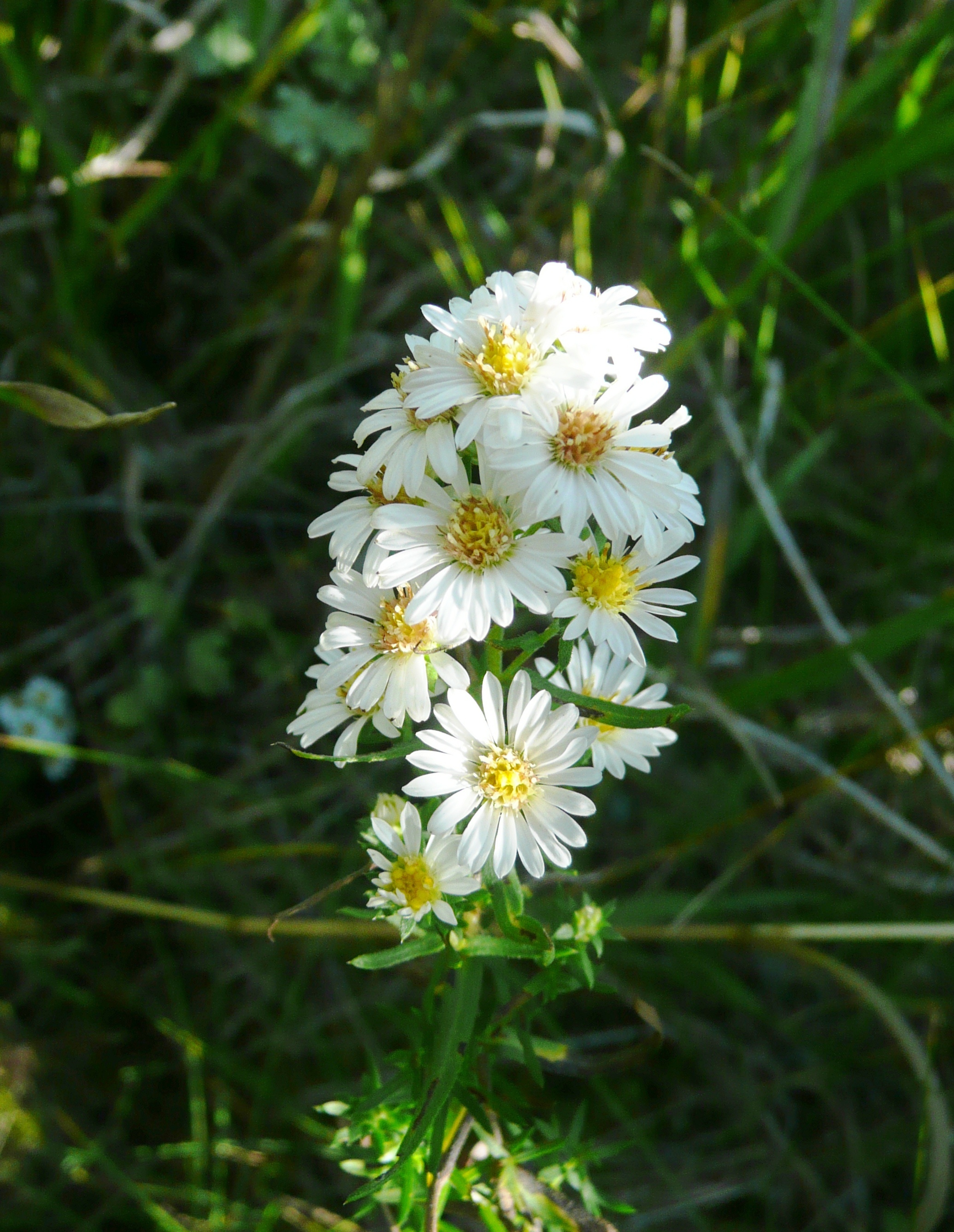
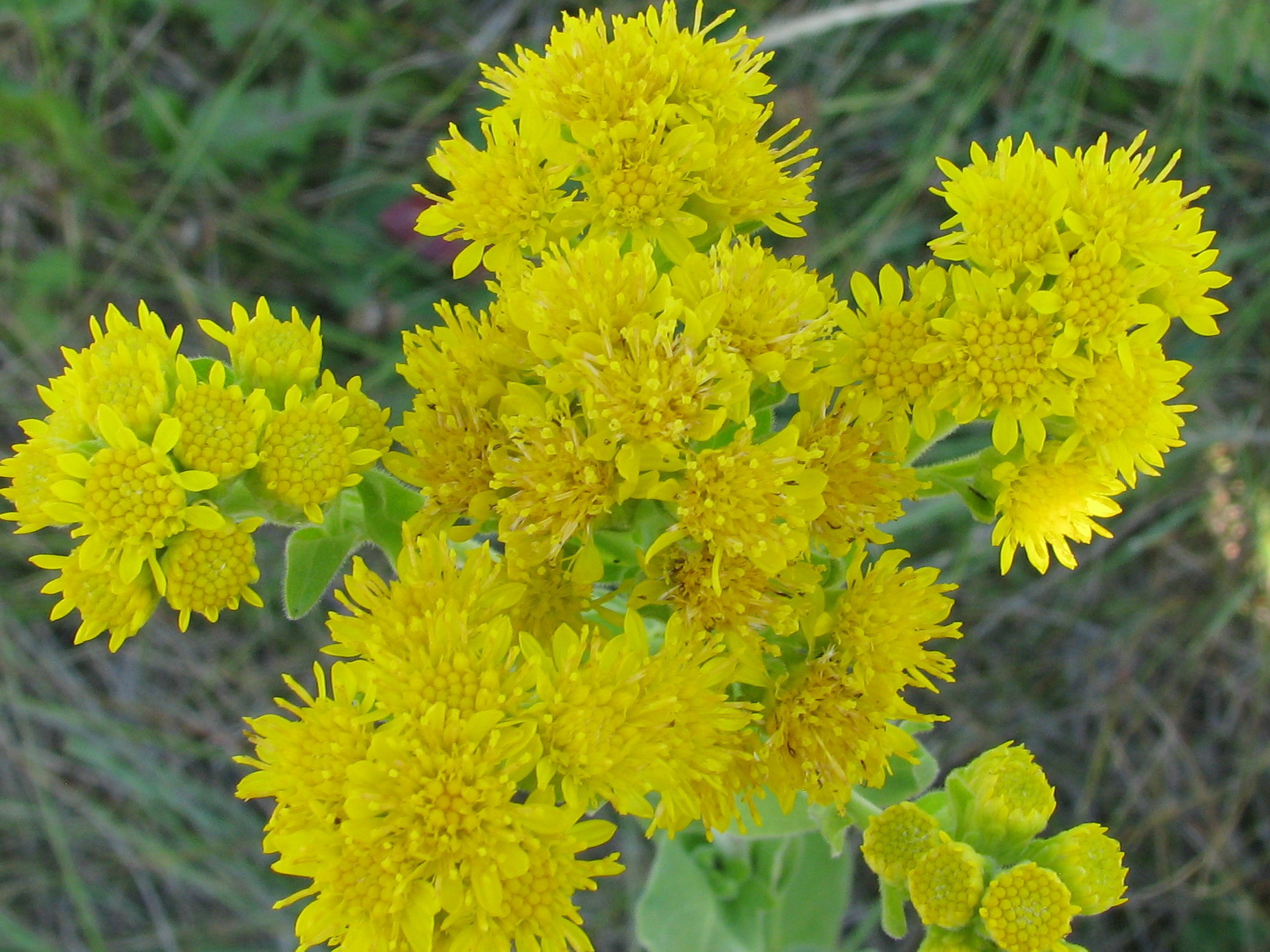
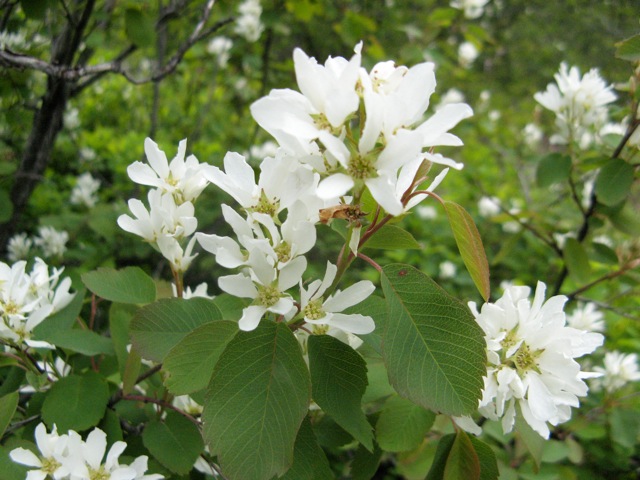
Photos by Hil Reine, Marg Reine, Betty Fisher, Patsy Cotterill and EALT.
Pollination Importance
Some flowering plants that produce our food are pollinated by wind or water, but about 3/4 of all the flowering plants in the world rely on insect pollinators to reproduce. However, pollinators are declining for a number of reasons, including: habitat loss, pesticide use, and climate change.
Because there are fewer pollinators, food producing plants are pollinated less. We need pollinators like solitary bees to pollinate our plants, including our vegetable plots, flower gardens and agricultural crops.
The Edmonton and Area Land Trust’s natural areas in the countryside around Edmonton are homes to pollinators for the surrounding agricultural lands. However, we can all do our part to help urban pollinators.


